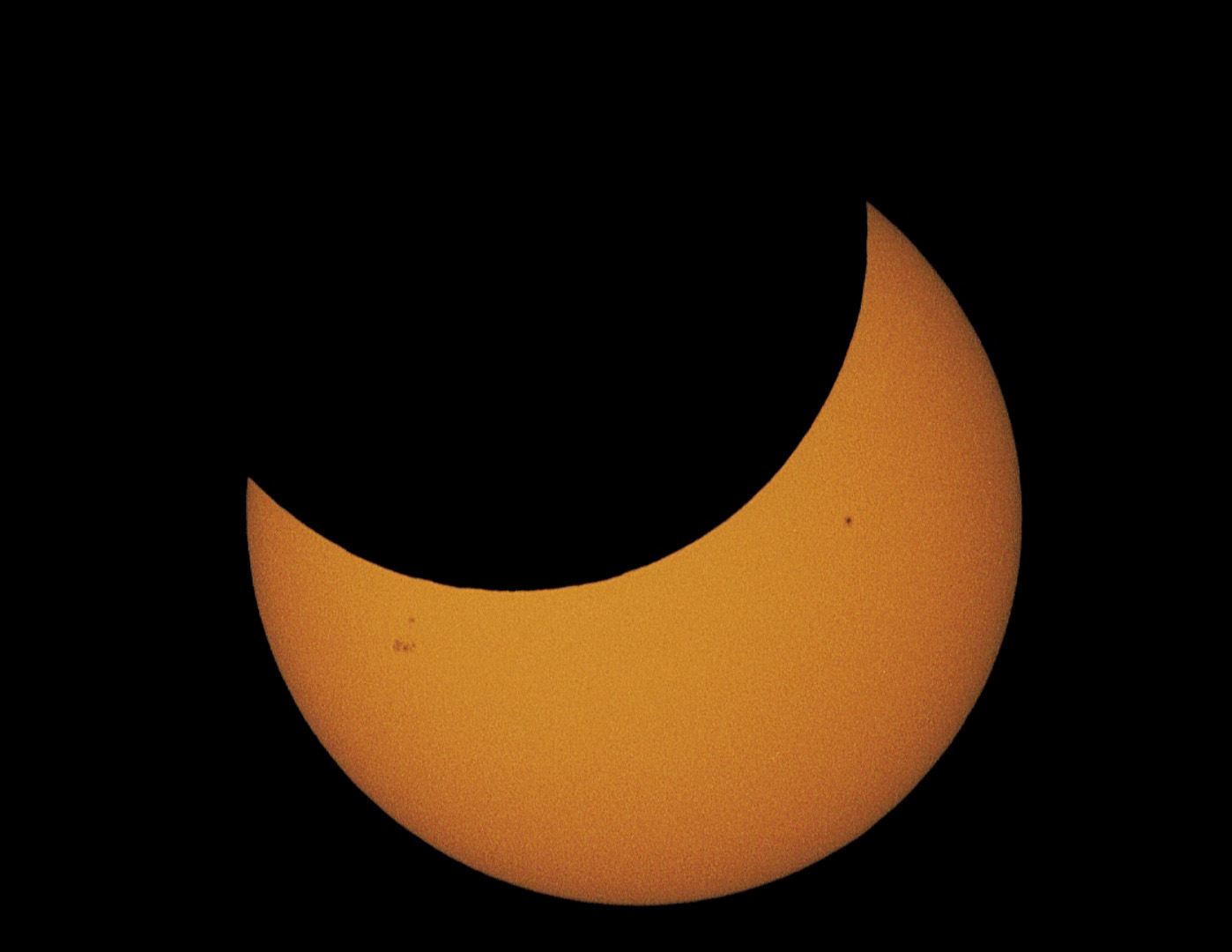Interactive Solar Eclipse Guide Shows Visibility Maps for Tuesday Sun Show


Editor's update (April 28): The first solar eclipse of 2014 will be webcast live for observers who can't witness it firsthand in Australia. To follow the webcasts, visit: Solar Eclipse Webcasts by Slooh, Virtual Telescope Project
A cool new map produced by an amateur astronomer lets interested skywatchers see what next week's solar eclipse will look like from any part of the world.
Xavier Jubier created this solar eclipse Google map that lets users zoom in and out of different parts of the globe to see what the eclipse will look like from anywhere. You can click on different parts of the world to actually see what the sun will look like at the time of the eclipse. Unfortunately, next week's solar eclipse — set to take place on Tuesday (April 29) — won't be widely seen. Observers in parts of Australia should be able to catch a glimpse of a partial eclipse, and the sun will turn into a "ring of fire" above an uninhabited part of Antarctica.
This kind of "ring of fire" eclipse is known as an annular eclipse. When Tuesday's eclipse occurs, the moon will be close to its farthest point from Earth, preventing it from covering the sun completely. If the moon did cover the sun completely from the perspective of observers on Earth, it would be called a total solar eclipse. WARNING: Never look directly at the sun during an eclipse with a telescope or your unaided eye; severe eye damage can result. (Scientists use special filters to safely view the sun.) ['Ring of Fire' Annular Solar Eclipse of April 29, 2014 (Visibility Maps)]
Here's a direct link to the solar eclipse map from Xavier Jubier: http://xjubier.free.fr/en/site_pages/solar_eclipses/xSE_GoogleMap3.php?Ecl=+20140429&Acc=2&Umb=0&Lmt=1&Mag=1&Max=1
Editor's Note: If you live in the populated visibility path and snap an amazing picture of the April 29 solar eclipse, you can send photos, comments, and your name and location to managing editor Tariq Malik at spacephotos@space.com.
Follow Miriam Kramer @mirikramer and Google+. Follow us @Spacedotcom, Facebook and Google+.
Breaking space news, the latest updates on rocket launches, skywatching events and more!

Miriam Kramer joined Space.com as a Staff Writer in December 2012. Since then, she has floated in weightlessness on a zero-gravity flight, felt the pull of 4-Gs in a trainer aircraft and watched rockets soar into space from Florida and Virginia. She also served as Space.com's lead space entertainment reporter, and enjoys all aspects of space news, astronomy and commercial spaceflight. Miriam has also presented space stories during live interviews with Fox News and other TV and radio outlets. She originally hails from Knoxville, Tennessee where she and her family would take trips to dark spots on the outskirts of town to watch meteor showers every year. She loves to travel and one day hopes to see the northern lights in person. Miriam is currently a space reporter with Axios, writing the Axios Space newsletter. You can follow Miriam on Twitter.

